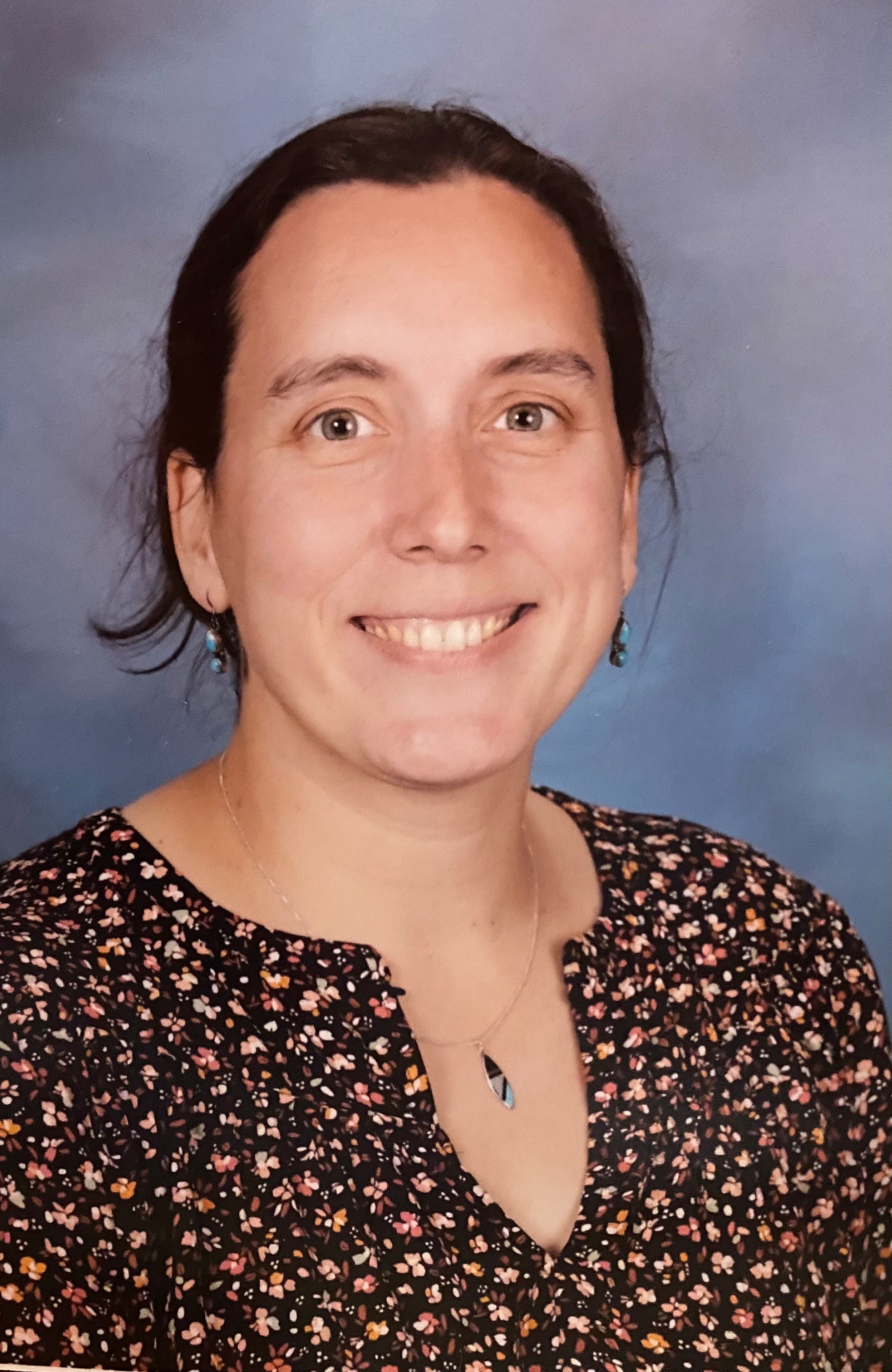Summer is Finally Here!
President's Message | May/June 2022
 Summer is finally here! As I
write this, I am thinking of my
recent trip to Rainy Lake. For the
past three summers, my family
and I have gone up to Voyageurs
National Park, where we enjoy
fishing, being surrounded with
nature, and boating to our
campsite far from modern
amenities. For those of you who
are not familiar with this national
park, it is a secret gem located at
the Minnesota-Ontario border.
Rainy Lake is only one of a series
of big lakes in the park.
Summer is finally here! As I
write this, I am thinking of my
recent trip to Rainy Lake. For the
past three summers, my family
and I have gone up to Voyageurs
National Park, where we enjoy
fishing, being surrounded with
nature, and boating to our
campsite far from modern
amenities. For those of you who
are not familiar with this national
park, it is a secret gem located at
the Minnesota-Ontario border.
Rainy Lake is only one of a series
of big lakes in the park.
Unfortunately, our family
vacation had a few hiccups
this year. Water levels were
unprecedentedly high. Our
stays at first and alternative campsites were canceled.
Boat launches were closed. Homes near the shore were
surrounded by water, and makeshift pathways were
created to access them. To put it in perspective, Rainy
Lake’s water level was seven feet above normal. The
dam controlling the water level was fully open, releasing
water to the Rainy River at a rate of 50,000 cubic feet
per second, but water was draining into Rainy Lake even
faster (70,000 cubic feet per second). What would this
area look like if the dam were not there?
The Rainy Lake Dam has been part of that landscape
since the turn of the 20th century. Edward Willington
Backus saw an opportunity to enhance his bottom line
by damming Rainy Lake at the Rainy River. The dam
brought power to residents in 1907. To this day, the dam
is operational, and paper mills are working on both sides
of the border. Backus had plans to grow his industry in
the Rainy watershed with seven more dams. But several
wilderness advocates, including Ernest Oberholtzer,
Franck Hubacheck, and Sig Olson, launched a campaign
to protect these waters from power development, putting a stop to Backus’s scheme. As a consequence, Congress
passed the Shipstead-Nolan Act, which prohibited further
hydropower development in the Superior National Forest.
A hundred years later, we are still discussing the
complexity of dams: some are still operational, some are
not, and some are being created. Dams are still a tool in
the toolbox. As with any tool, we need to ask: Is a dam the
right tool? If not, what do we do? Come explore the many
aspects of dams in this issue of IMPACT. Bring your travel
gear—this one is taking you across the globe.
Finally, a big thank you to the GWTC Conference
Planning Committee and the Alabama Conference
Planning Committee for two great conferences! Planning
a conference is no easy task, and these two in-person
conferences were terrific successes. Please save the date
for the Annual Conference, taking place November 7–9 in
Seattle. Hope to see you there.
Have a great summer everyone!
Claire Bleser is the 2022 president of AWRA.